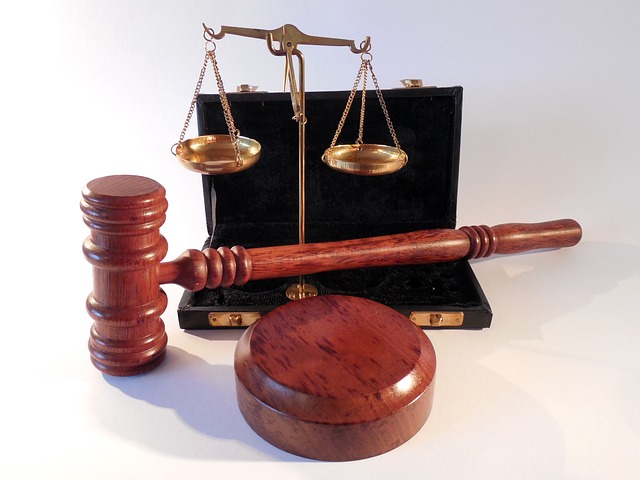
A judicial decision that incorporates its guiding ideas is referred to as a precedent. The ratio decidendi is the proclaimed concept that, as a result, serves as its authoritative component. Thus, the parties are bound by the concrete decision, but the abstract ratio decidendi is the only one that has legal effect in relation to the entire world.
The doctrine of precedents, which is a vigilant omnipresence in the appellate system, can be thought of as a common law structure for the hierarchy of competent courts. It’s undeniable that precedent serves as a useful guide for judges when making decisions, just as it did more than 140 years ago.
doctrine of precedent meaning
A higher court’s decision is considered binding on the lower court and serves as precedent for the lower court’s verdict, which cannot be changed by a lower court. This is known as the doctrine. Stare decisis is the name given to this doctrine.
- Along with it, the stare decisis doctrine contributes to the creation of judicial accountability.
- Additionally, it prevents arbitrariness and guarantees justice in decision-making, which contributes to stability and assurance.
- It is a legal requirement as well as a social standard.
doctrine of precedent example
- For instance, in the American, Canadian, or Irish legal systems, the precedents set forth by the superior courts of justice are only persuasive, while in the English legal system, only these rulings are considered authoritative precedents.
article 141 of Indian constitution
- When our Constitution went into effect after independence, Article 141 was put into effect, which improved the standing of court precedents in the Indian legal system.
- Article 141 stipulates that all courts within the jurisdiction of India must abide by the law issued by the Supreme Court.
- The declared law must be read as a legal concept derived from a Supreme Court ruling that resolves the issue, or from the court’s interpretation of the law or ruling.
- There is no caveat or exemption in Article 141 that permits the Supreme Court to declare what should not be regarded as precedent.
- The Supreme Court’s involvement stops when a decision is rendered, at which point Article 141 takes over.
- A Supreme Court ruling is not legally binding in its entirety.
- When making legal decisions based on similar concerns and facts, only the ratio decidendi portion of the judgment is binding and will be taken into account.
- Among the exceptions to the rule of precedent in law are legislative provisions, obiter dicta, per-incuriam rulings, and sub silentios.
doctrine of precedent under Indian constitution: Case Rulings
- In Mohd. Ahmed Khan v Shah Bano Begum case, the Supreme Court’s interpretation of religious texts was deemed to be a legally binding precedent. After learning about the crucial rights of Muslim divorced women that were improperly mentioned in the original scriptures or any other source of information, the supreme court made its decision. In Danial Latifi v Union of India, the supreme court’s previous Constitutional Bench’s reading of religious writings was deemed to be binding.
- In the ICICI Bank v Municipal Corporation of Greater Bombay case, it was declared that the context of the statutory provisions, as interpreted by the appropriate court, must be read in conjunction with the ruling rendered by the highest court. It has been said that if a judgment is a statute, it cannot be read. Furthermore, the nature of the law cannot afford to be static all the time. Consequently, in order for the Judges to utilize the precedents, they must employ clever strategies based on the pertinent principles.
- In the Shankar Raju v Union of India case, after the reapplication was denied since he had served two terms totalling ten years as a judge on the Central Administrative Tribunal, the petitioner, a member of the tribunal, sought relief under Article 32. A 2006 modification to the Administrative Tribunals Act that limited the period served as the foundation for the rejection. Citing A.K. Behera v Union of India as precedent, the court maintained the validity of the change, ruling that it does not jeopardize tenure security.
The Supreme Court of India frequently overrules its own rulings, as does the bigger bench or, in some circumstances, the bench of equal strength, undermining the idea of precedence as recognized by Article 141 of the Indian Constitution. In addition, the rulings of a High Court have the force of precedent and bind all lower courts in the state where the High Court is located.
Unquestionably, the concept of precedent has diminished in India as numerous precedents are being abandoned in an effort to adapt to a changing society. To ensure clarity and address future disputes, the judiciary should strike a balance between precedents and legal interpretations in order to uphold the law and justice.
For any latest news, judiciary exams notifications, patterns, etc watch Jyoti Judiciary’s YouTube channel for legal videos for any updates at https://youtube.com/@jyotijudiciarycoaching4852?si=2cwubh9d2A9urwJf









